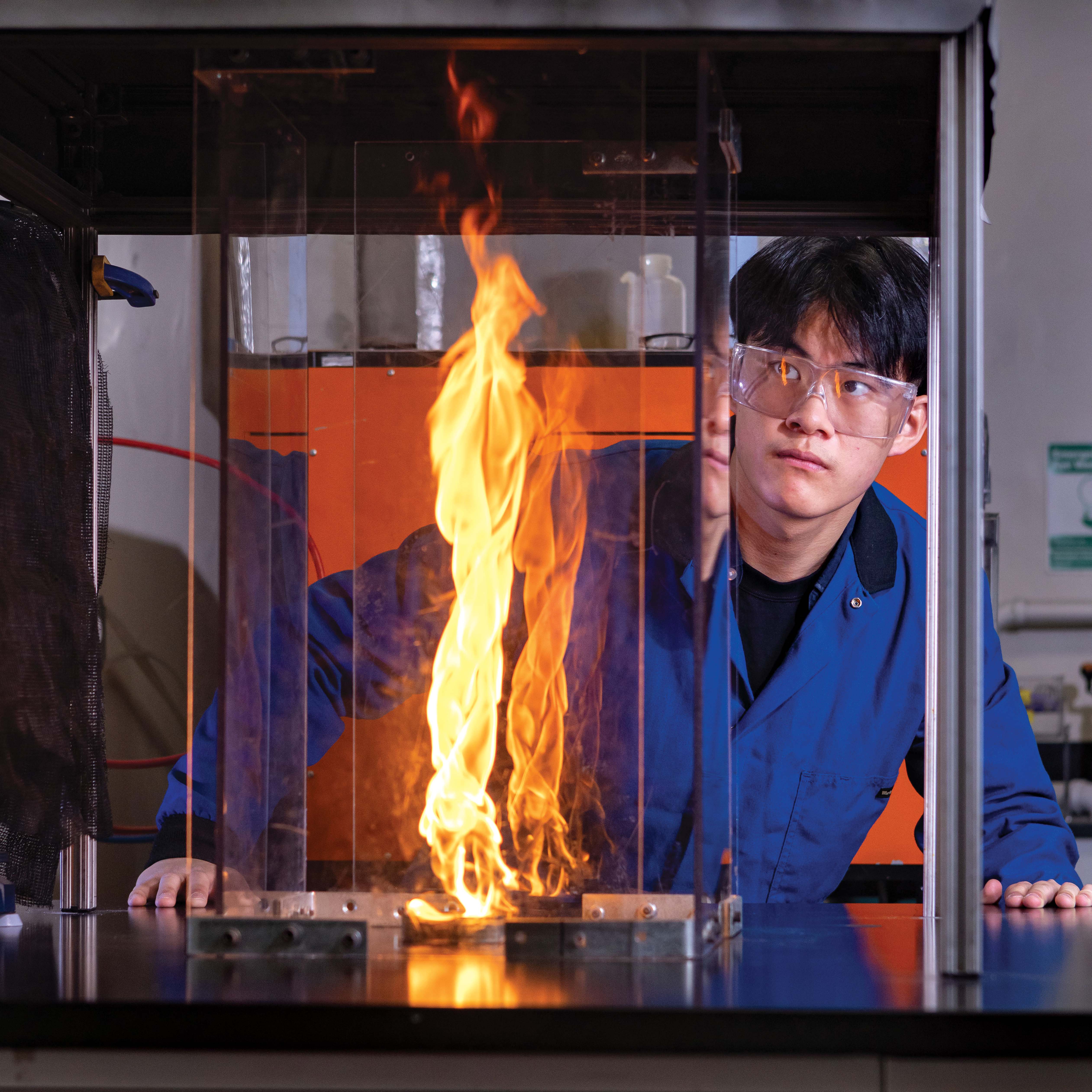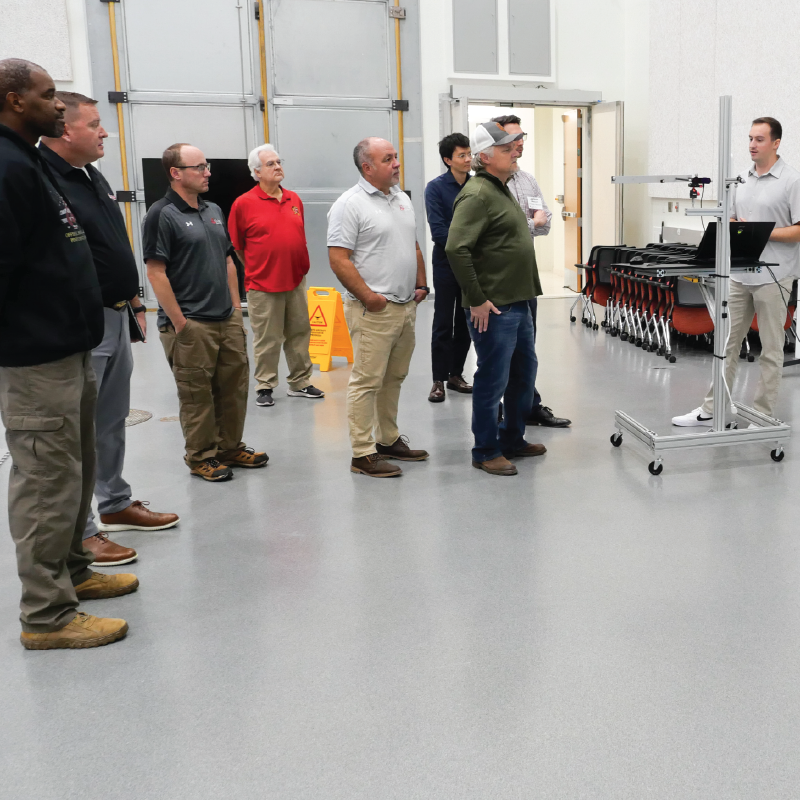News Story
Chemical Engineers Reveal Progress Towards Sodium Batteries for Grid Energy
Researchers associated with the Sodium-ion Alliance for Grid Energy Storage (SAGES) have revealed new results on sodium-battery design, a new alternative that’s expected to help meet the rising energy demand via sustainable grid energy storage.
Scholars in the Department of Chemical and Biomolecular Engineering (CHBE), in collaboration with the Pacific Northwest National Laboratory, introduced a new approach to advancing sodium batteries through innovative electrolyte design. The study, led by Chunsheng Wang, a CHBE professor, was published today in Nature Nanotechnology.
Sodium metal batteries have long been considered a promising alternative to lithium-ion batteries due to the abundance and cost-effectiveness of sodium sources. However, achieving high energy density and long cycle life remains a huge challenge, particularly under high-potential operation conditions—placing extreme need on chemistry innovation. The conventional carbonate-based electrolyte, a key component that enables charge and discharge operations, fails to stabilize—leading to cathode material degradation and the growth of crystalline structures that often cause cell short circuits, all barriers to the commercialization.
To solve these issues, researchers developed a novel electrolyte formulation, which creates protective barriers against sodium metal dendrite growth and ensures high stability at elevated potentials on the low-cost, high-energy nickel-rich cathodes.
“The electrolyte serves as both an enabler and a limiting factor for sodium metal battery performance. Our high voltage electrolytes enable sodium anodes and high potential cathodes to achieve long cycle life and fast charging capability,” Wang said.
The new electrolyte demonstrated remarkable performance and proved effective in enabling low-cost, high-capacity battery components that extended the cell cycle life to over 1,000 cycles under various cycle conditions. For perspective, about 1,000 cycles correspond to three years of lifespan with one charge and discharge cycle per day—a critical prerequisite for the commercialization of battery technology.
“Our work not only addresses the critical challenges in sodium metal battery development but also presents a cost-effective and scalable pathway for sustainable energy storage,” said Assistant Research Scientist Ai-Min Li, who is the first author of the study. “This technology has the potential to bring sodium batteries closer to practical applications, particularly for grid storage and electric vehicles.”
Published January 23, 2025









